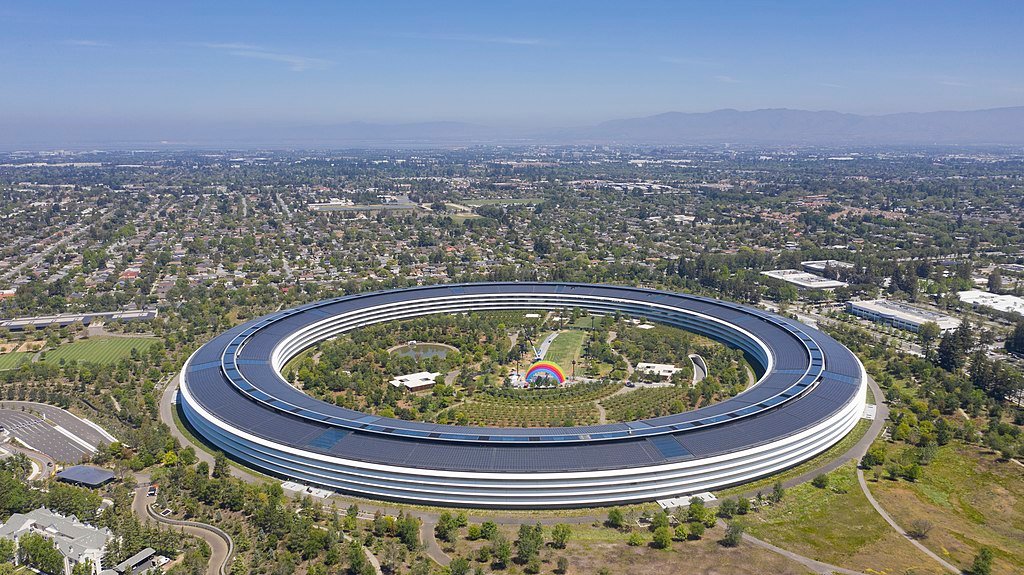The sun was setting over Brazil’s Cerrado, casting long shadows over a land that looked more like a business plan than nature. Row after row of monster eucalyptus stretched off into the distance, trunkless trunks rising like bone-white sentries before bursting out into a fat canopy. No undergrowth, no birdsong, just a cold stillness.
This was not a wild wood. This was a scientifically planned carbon sink, one of the several modules of Apple’s plan to eradicate its carbon footprint by 2030. But as technology conglomerates spend billions on tree plantations, a dubious query is: Are these efforts actually healing the Earth, or a new form of green capitalism?
The Rise of the “Green Deserts”
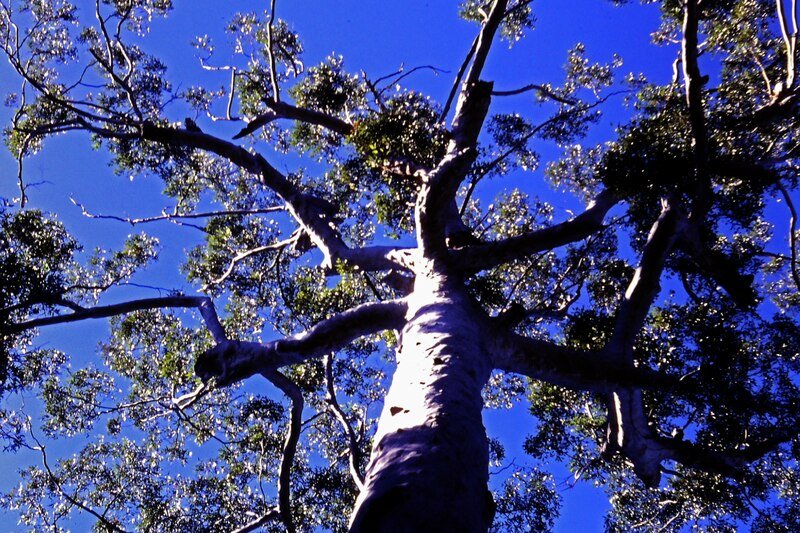
Across Latin America, vast monocultures of eucalyptus and pine have earned a sinister nickname: desertos verdes green deserts. While they appear lush from a distance, up close, they’re ecological dead zones. The trees grow fast, sucking up water and leaving the soil barren. In Chile, activists call them “green soldiers” for their rigid, uniform ranks. In Brazil, where Apple and other tech firms are investing heavily, locals are torn. Some welcome the jobs and greenery; others warn of wildfires and water shortages.
The Controversy:
- Eucalyptus plantations consume up to 30% more water than native forests, worsening droughts.
- Unlike natural forests, they support almost no biodiversity studies show 90% fewer bird species in these groves.
- Yet, they’re 47% carbon by weight, making them irresistible to corporations chasing carbon neutrality.
Apple’s $200 Million Bet on Carbon Forestry

In 2021, Apple launched the Restore Fund, a partnership with Goldman Sachs and Conservation International, to invest in “sustainable” timber projects. The goal? Remove millions of metric tons of CO₂ while turning a profit.
One of its flagship projects, Fazenda Engano (“Deception Farm”), spans 24,000 hectares twice the size of San Francisco. Here, eucalyptus grows alongside patches of restored native forest. Apple’s partners insist this model is revolutionary: half commercial timber, half conservation.
But critics aren’t convinced.
- “It’s carbon colonialism,” says a Brazilian ecologist. “Tech companies get credits; we get the ecological debt.”
- Goldman Sachs stands to profit from both carbon credits and timber sales raising questions about conflicts of interest.
- No long-term guarantees: If carbon prices drop, will these forests be cut down?
The Broken Promise of Carbon Neutrality

Apple’s carbon-neutral Apple Watch was marketed as a triumph. But experts say it’s mostly accounting tricks:
- The watch’s emissions were offset by forestry credits, not eliminated.
- Apple still emits millions of tons yearly its 2030 target requires 9.6 million metric tons of offsets.
- Carbon math is murky: If a tree burns in 10 years, does the credit still count?
- “This is like paying someone to diet for you while you keep eating cake,” says a climate economist.
Can Eucalyptus Really Save the Climate?
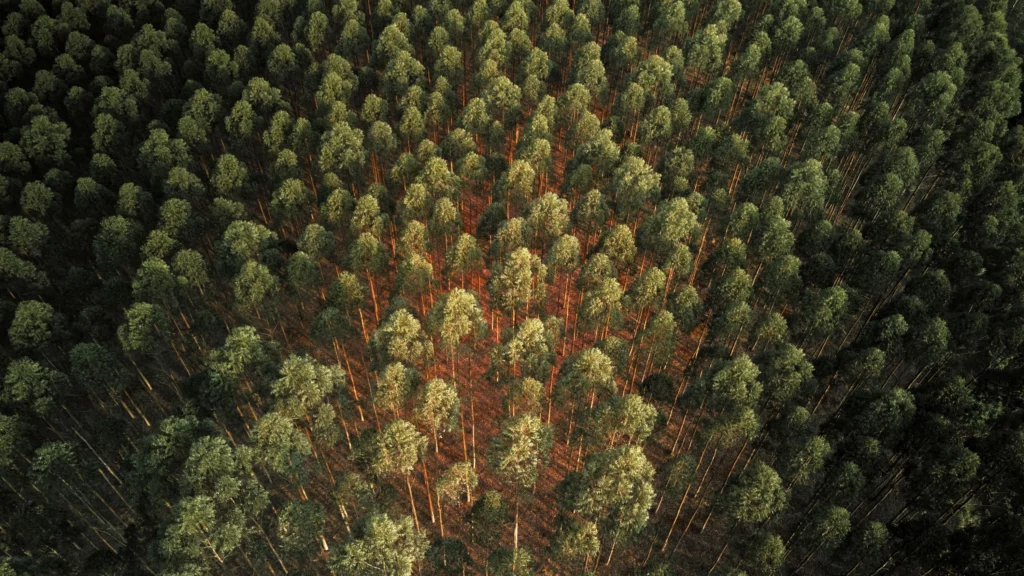
Proponents argue fast-growing trees are a necessary evil:
- They store carbon quickly, buying time for cleaner tech to develop.
- Sustainable forestry certifications (like FSC) ensure some ecological standards.
- Without the preserves, pressure on old-growth forests would be increased.
But science tells a different story:
- Monocultures increase fire risks eucalyptus oils are highly flammable.
- They destabilize water tables, a dire concern in drought-prone regions.
- Carbon storage is temporary if logged, the CO₂ goes right back into the air.
The Bigger Problem: Tech’s Unsustainable Growth
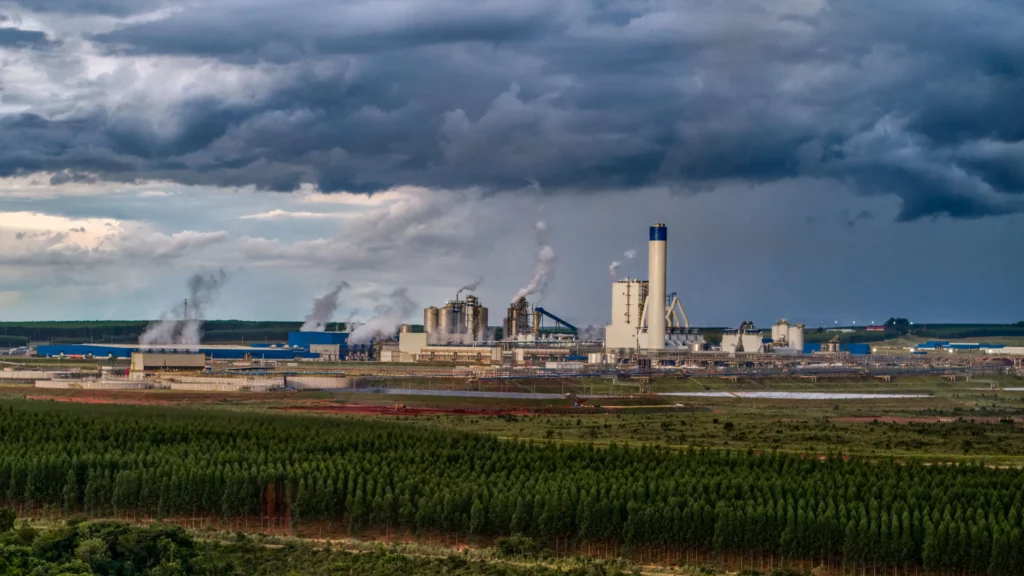
Apple isn’t alone. Microsoft, Meta, and TSMC are all banking on tree-based offsets. But as AI and data centers drive energy demand, even massive reforestation may not be enough.
The irony?
- Apple’s carbon footprint grew in 2023 due to supply chain emissions.
- AI’s energy hunger could double tech’s electricity use by 2026 (IEA).
- At this rate, tree-planting is a Band-Aid on a bullet wound.
Conclusion: A Forest or a Facade?
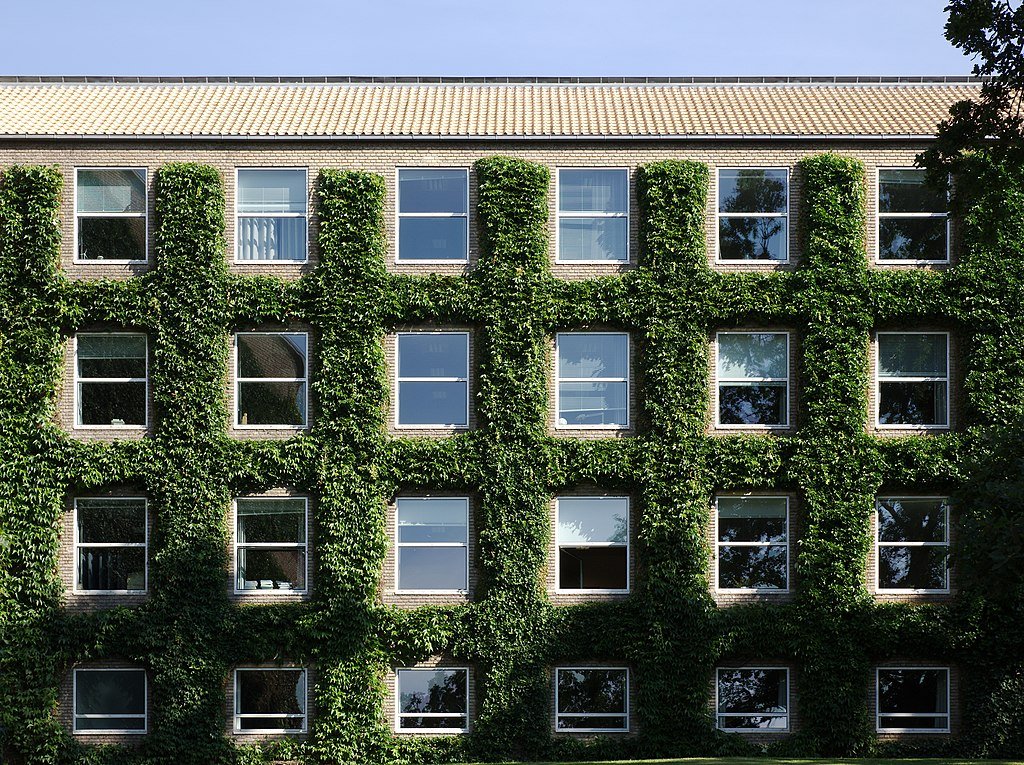
As I left the Cerrado, the eucalyptus groves faded into the dusk. The debate over these trees isn’t just about carbon, it’s about what kind of future we’re planting.
If tech giants want to be climate leaders, they must:
- Reduce emissions first, offset only as a last resort.
- Invest in permanent carbon removal (like direct air capture).
- Support truly regenerative forestry not industrial monocultures.
For now, the math is simple: You can’t outplant a pollution problem. And if the “green deserts” keep expanding, we may find that in saving the planet, we’ve sold it instead.
Final Thought:
“When a man plants a tree, he plants himself. Every root is an anchor, over which he rests with grateful interest, and becomes sufficiently calm to feel the joy of living.” John Muir
But what happens when corporations plant forests not for life, but for ledger entries? The answer may decide more than just Apple’s carbon balance it could shape the fate of the world’s ecosystems.
Source

Jan loves Wildlife and Animals and is one of the founders of Animals Around The Globe. He holds an MSc in Finance & Economics and is a passionate PADI Open Water Diver. His favorite animals are Mountain Gorillas, Tigers, and Great White Sharks. He lived in South Africa, Germany, the USA, Ireland, Italy, China, and Australia. Before AATG, Jan worked for Google, Axel Springer, BMW and others.

